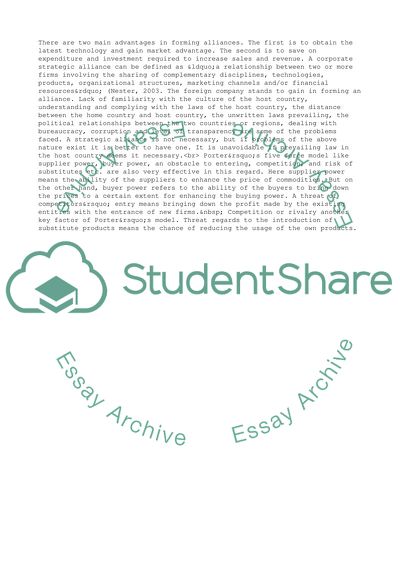Cite this document
(Liability of Foreignness and Regionalism Essay Example | Topics and Well Written Essays - 3750 words, n.d.)
Liability of Foreignness and Regionalism Essay Example | Topics and Well Written Essays - 3750 words. Retrieved from https://studentshare.org/management/1711605-strategic-management-7-11
Liability of Foreignness and Regionalism Essay Example | Topics and Well Written Essays - 3750 words. Retrieved from https://studentshare.org/management/1711605-strategic-management-7-11
(Liability of Foreignness and Regionalism Essay Example | Topics and Well Written Essays - 3750 Words)
Liability of Foreignness and Regionalism Essay Example | Topics and Well Written Essays - 3750 Words. https://studentshare.org/management/1711605-strategic-management-7-11.
Liability of Foreignness and Regionalism Essay Example | Topics and Well Written Essays - 3750 Words. https://studentshare.org/management/1711605-strategic-management-7-11.
“Liability of Foreignness and Regionalism Essay Example | Topics and Well Written Essays - 3750 Words”, n.d. https://studentshare.org/management/1711605-strategic-management-7-11.


